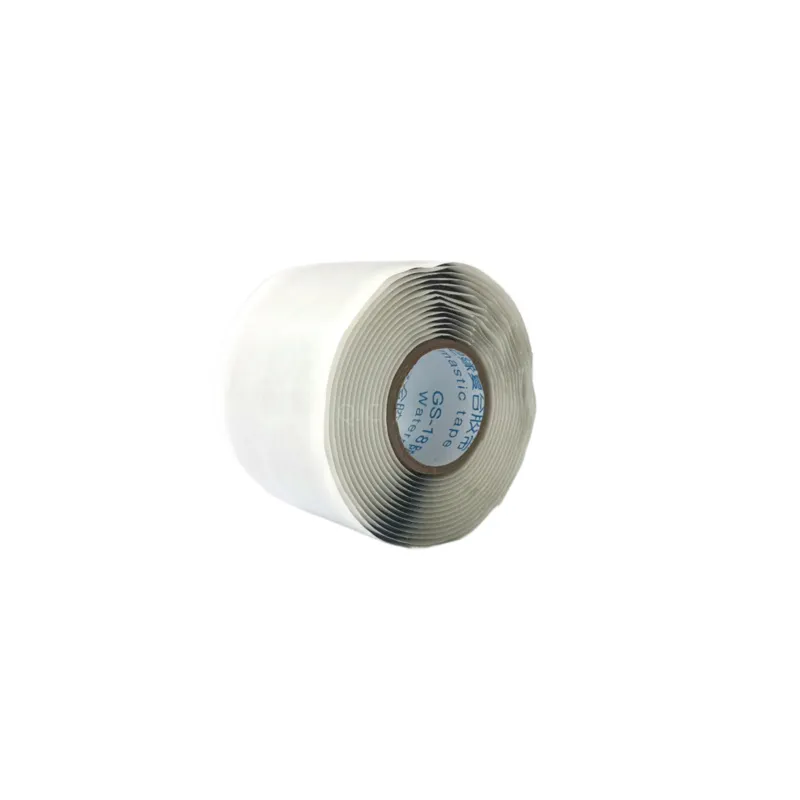The Versatile Applications of Red Floor Tape
In various industries and environments, ensuring safety, organization, and efficiency is paramount. One often-overlooked tool in achieving these objectives is red floor tape. This simple yet effective product has become increasingly popular in warehouses, factories, schools, and hospitals for its myriad applications. This article delves into the significance of red floor tape and its diverse uses across different settings.
Red floor tape is typically made from durable materials, designed to withstand high traffic and abrasive conditions. Its bright red color immediately captures attention, making it an ideal choice for marking hazardous areas. One of the primary applications of red floor tape is to delineate danger zones within workplaces. These zones can include areas near heavy machinery, loading docks, or other locations where individuals are at risk of injury. By clearly marking these areas with red tape, employers can promote a culture of safety and reduce the likelihood of accidents.
In addition to marking hazardous areas, red floor tape can also be utilized to guide pedestrian traffic. In environments such as warehouses, where forklifts and other vehicles operate, it is crucial to create clear paths for employees. Red floor tape can be used to create designated walkways, ensuring that pedestrians remain a safe distance from moving machinery. Furthermore, this proactive approach to workplace safety can enhance productivity, as workers will feel more secure navigating the space.
red floor tape

Another important application of red floor tape is in managing emergency evacuation routes. In case of a fire, earthquake, or other emergency, it is vital for employees and visitors to be able to quickly and effectively find the nearest exits. Red floor tape can be used to mark these exit routes clearly, making them easy to follow even in low visibility conditions. Clear signage combined with the visual guidance of red tape can significantly expedite the evacuation process, ultimately saving lives.
Beyond industrial settings, red floor tape also proves beneficial in educational institutions. Schools often host events, such as sporting events or assemblies, and using red tape to set up boundaries for seating, equipment, or play areas can help maintain order. Additionally, in times of social distancing, red tape can serve to indicate where students should stand to adhere to health guidelines. This innovative use of red tape can help schools create an organized environment that fosters both safety and effective learning.
Healthcare facilities, too, can benefit from the use of red floor tape. Hospitals and clinics often require a high level of organization to ensure efficient patient care. Red tape can be used to mark zones for medical equipment, indicate areas that must remain sterile, or delineate pathways for patients with mobility issues. By using red floor tape strategically, healthcare providers can enhance patient flow and minimize confusion in busy settings.
In conclusion, red floor tape is more than just a simple adhesive strip; it is a crucial tool for maintaining safety, organization, and efficiency in various environments. Its bright color and durable construction make it ideal for marking hazardous zones, guiding pedestrian traffic, managing emergency routes, and organizing spaces in schools and healthcare facilities. By incorporating red floor tape into their operations, businesses, educational institutions, and healthcare providers can create safer and more efficient environments for all. As industries continue to emphasize safety and organization, the role of red floor tape is set to become even more significant in the years to come.
-
XIANGFAN Rubber Tape-Ultimate Solutions for All Your Insulation NeedsNewsJun.24,2025
-
XIANGFAN Rubber Tape-Protection for Industrial and Residential ApplicationsNewsJun.24,2025
-
XIANGFAN Rubber Tape: Superior Safety and Sealing for Demanding EnvironmentsNewsJun.24,2025
-
XIANGFAN Rubber Tape: Reliable Solutions for Every Electrical ChallengeNewsJun.24,2025
-
XIANGFAN Electrical & Industrial Tape: Powering Reliability Across IndustriesNewsJun.24,2025
-
XIANGFAN Electrical & Industrial Tape: Excellence in Every ApplicationNewsJun.24,2025
